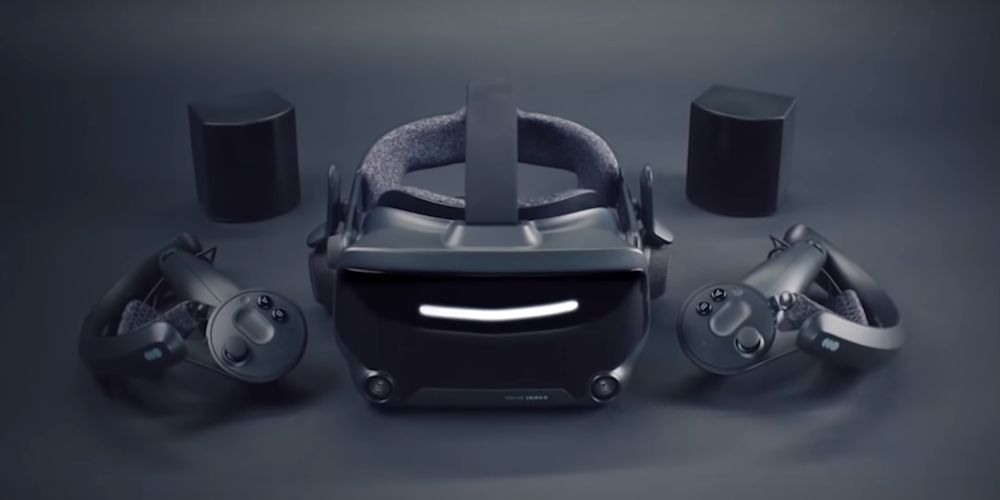Later this year, Valve will debut the most advanced VR system yet: the Valve Index. Priced at a whopping $999, this brand new VR set comes with vastly improved features compared to the Oculus Rift S, HTC Vive Pro, and PlayStation VR.
The Valve Index gives us the innovation that VR should have, but the question is: do we really need it right now? The Valve Index is literally ahead of the game—we don't have the kind of high-resolution VR games that the Valve Index is meant to play.
What Is Valve Index?
The Valve Index is a high-fidelity VR system, meaning that you'll have an amazingly immersive VR experience. Before we get into why the Index isn't worth buying (yet), let's take a look at some of its features.
The Headset
The Index comes with two custom 1440x1600 LCD panels—these panels use a specific pixel layout to diminish the "screen door effect" that causes your VR world to resemble a grid.
When you get ahold of the Index, you can opt to set the refresh rate to the experimental level of 144Hz. Combine that with a pixel persistence of only 0.33ms, and you'll have the smoothest VR experience to date. The Index also offers a wider field of vision, giving you a more realistic perspective of the virtual world around you.
You'll notice that the Index's headset is similar to the Vive's. Both use straps that extend on the sides and top of your head. Instead of equipping the headset with headphones that touch your ears, the Index comes with speakers that merely hover over your ears. This unique feature makes the audio sound as if it's coming from the world around you.
The Controllers
If you've used a VR system before, you know that you can't really make any gestures with your hands—it's a real struggle to form a peace sign or flip the bird to an NPC. The Valve Index finally lets you show the world how you really feel by using 87 sensors to accurately pick up your hand and finger movement.
In addition, the controllers attach right to your hands, so you don't even have to grip them. There's not even a trigger to clutch when you want to hold an item—simply close your hand to pick up an item, and then open your hand to drop it. The Valve team tried to get as close as they could come to real life, and I respect that.
The Base Stations
The Index comes with two base stations that increase your play area by 400% when compared to older VR consoles. If you want to shell out the extra cash for two more base stations (which cost $149 a piece), you can expand your play area to as large as 11 x 11 yards. That's right, I said yards not feet.
The Index's laser tracking technology gives you a lot of flexibility in terms of space. Lasers pan the room 100 times every second to ping the sensors on your controllers and headset.
Why the Valve Index Isn't Worth It (Yet)
After reading about the Index's amazing specs, there's no reason why you wouldn't want to head to the Steam store and preorder it. I would love to splurge $999 on a system that gives you a truly realistic virtual experience, but in reality, you just don't need a system of this caliber right now.
I've previously discussed why purchasing a VR system isn't totally worth it, and some of the same reasons apply to the Valve Index. The games currently available for VR just don't impress me, and most of them operate with lower end graphics to compensate for the high amount of performance needed to run the game. Perhaps the world of VR will appear much clearer when you put on an Index headset, but with such a limited amount of genuinely good games to choose from, you really don't have a variety of options.
Unless Valve ships its system with awesome new VR games, I'd say that purchasing the Index is a no-go. Why should I pay $999 for a system that has no titles that actually match up to the high-quality specs of the Index? It's just like driving Lamborghini through a town that's prone to potholes—there's just no point.
VR Developers Need to Step It Up
In order to reach the level of the Index, VR game developers really need to spend more time creating games with beautiful graphics. Since many VR games are made by indie developers, they just don't have the funds to do it. We need AAA developers to hop in and create a highly-detailed VR-only game like Robo Recall—until that happens, we won't need the Index.
